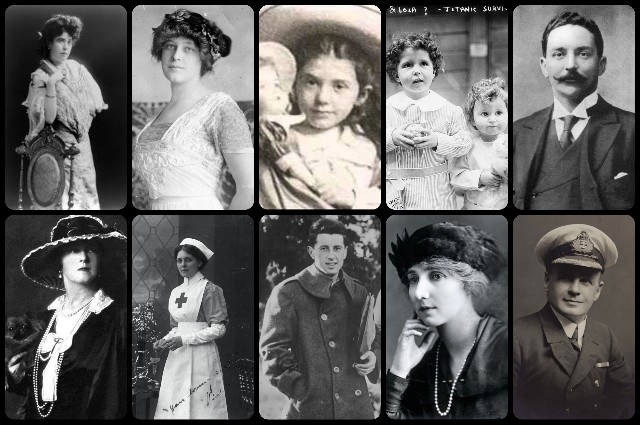The infamous night marked the beginning of a new chapter in their lives, for better or for worse.
Even after more than a century has passed since the Titanic sank on April 14th, 1912, our fascination with that dreadful night persists. We still remember the more than 1,500 souls who were lost, including renowned figures such as Benjamin Guggenheim, John Jacob Astor IV, and Isidor and Ida Strauss – the former owners of Macy’s. However, let us not forget the 706 survivors who were fortunate enough to escape the ill-fated ship and find themselves sailing towards safety aboard the Carpathia.
For some, the memories of that nightmarish tragedy lingered on and cast a dark shadow over their lives. In contrast, others found themselves in the limelight, being celebrated as heroes or survivors. Unfortunately, today not a single survivor remains as the last one, Millvina Dean, who was just two months old during the sinking passed away in 2009 at the age of 97.
Nevertheless, let us take a moment to remember the fortunate few who were able to escape the supposedly unsinkable Titanic.
1)Molly Brown

“The Unsinkable Molly Brown,” a well-known philanthropist and socialite from a “new money” background, is among the most famous survivors of the Titanic.
Brown’s exploits inspired a Broadway musical and later, a film starring Debbie Reynolds. On the night of the tragedy, after aiding in the rescue efforts, she boarded Lifeboat 6. Brown pleaded with the boat’s crewman to return for more individuals, action that was dramatized in the 1997 film Titanic, but her requests were denied.
Once she arrived on the Carpathia, Brown became actively involved in supporting other survivors. She distributed food and blankets, set up a Survivor’s Committee, and raised money for those who had lost everything. Her selfless actions led to her fame by the time the ship reached New York.
“I have had flowers, letters, telegrams, people until I am befuddled. They are petitioning Congress to give me a medal…If I must call a specialist to examine my head it is due to the title of Heroine of the Titanic,” she later wrote to her daughter.
Despite her newfound fame, Brown continued her advocacy for various causes, such as women’s suffrage and workers’ rights. She even ran for Congress and supported relief efforts in France during World War I, for which she was awarded the French Legion of Honor. Additionally, Brown indulged in acting before she passed away at the age of 65 in 1932. Even to this day, we remain captivated by the story of the Titanic.
2) Madeleine Astor
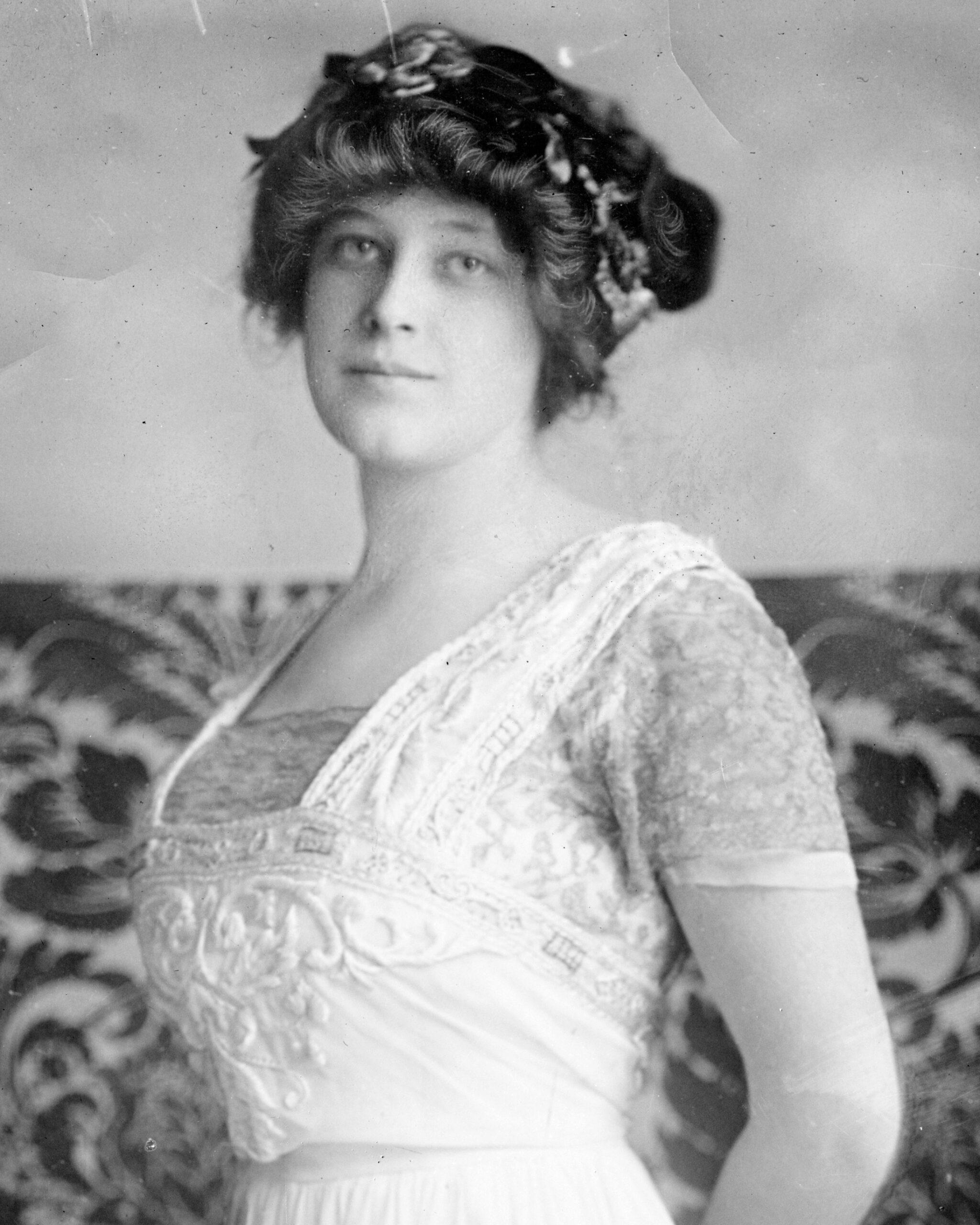
When she boarded the Titanic, newlywed Madeleine Astor was caught up in a scandal. The 18-year-old had just married John Jacob “JJ” Astor, who was 47 and recently divorced. During their long honeymoon abroad, Madeleine became pregnant, and the couple embarked on the ship for home.
Unfortunately, JJ Astor did not survive the sinking. “She recalled, she thought, that in the confusion, as she was about to be put into one of the boats, Colonel Astor was standing by her side,” one newspaper reported. “After that … she had no very clear recollection of the happenings until the boats were well clear of the sinking steamer.”
Although she gave birth to a healthy child later that summer, public interest in her after the tragedy made life difficult. Allegedly, she was subjected to great inconvenience due to the curious. She did not frequently talk about the Titanic, and her life seemed to be surrounded by a cloud. As JJ Astor’s widow and the mother of his son, Madeleine was entitled to a trust as long as she did not remarry.
However, she did so in 1916, subsequently divorced, and then remarried an abusive Italian boxer. She died at the age of 46 in 1940.
3) Eva Hart
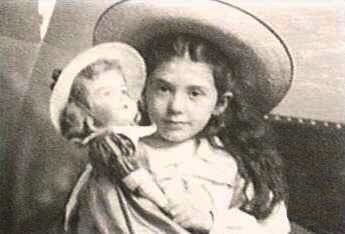
Eva Hart was only seven years old when she and her family sailed on the Titanic, and she was the last surviving person with memories of the event before she died in 1996, aged 91. Hart became a magistrate and was awarded the Most Excellent Order of the British Empire (MBE). She gave a series of fascinating televised interviews about her experiences.
Hart recalled how her mother made her father go up to the deck to see what had happened, “literally pulling him out of bed,” and after he returned, her parents got ready in silence to go back up.
“If we hadn’t done that at that time, I very much doubt I’d be talking to you today… It was a question of who was there in time to get into the all too few lifeboats.” When her father told her to hold her mother’s hand and put her in a boat, “then it dawned on me that he wasn’t coming, that I wouldn’t see him anymore.” She added that “if there had been enough lifeboats, no one would have died that night at all.”
In a scene reminiscent of the 1997 film Titanic, Hart’s father gave her mother his coat, which contained the only known letter written on Titanic stationery on the day of the sinking. Hart’s mother had written it earlier and meant to mail it to her mother. Hart wrote at the letter’s end, which went up for auction in 2014, “Heaps of love and kisses to all from Eva.”
4) Michel and Edmond Navratil
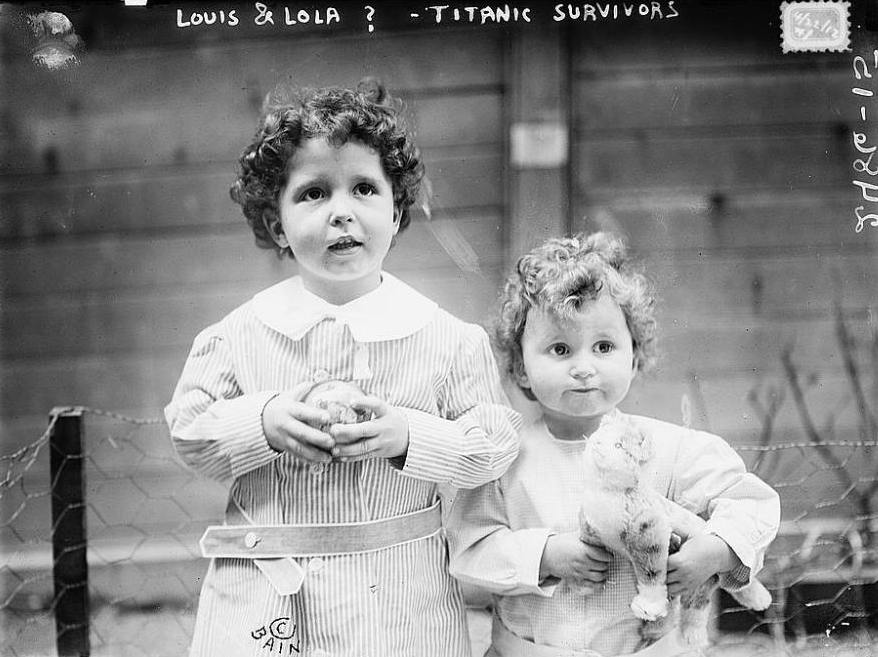
The youngsters, Michel and Edmond Navratil, known as the “Titanic orphans,” were rescued without any parental or guardian supervision, and were reportedly the only minors to be saved under such conditions. Their father, who was separated from their French mother, had taken them under a false identity and boarded the doomed ship for America.
In the final moments of the tragedy, he placed his children into the last lifeboat to leave, Collapsible D, before he went down with the vessel. After their photographs appeared in newspapers, their mother recognized them and went to America to bring them back.
Edmond passed away in 1953, but Michel became the last surviving male of the Titanic disaster, passing away in 2001 at the age of 92, after becoming a philosophy professor in his home country of France. He talked about the tragic loss of his father, and said,
“He wrapped me up warmly and held me tight. Someone else did the same with my brother. It’s something that has stayed with me throughout my life. They knew they were going to die,” as he explained the incident with a philosophical approach. “I died at the age of four. Since then, I’ve lived with a sense of guilt for surviving. I’ve lived my life, but it’s not my own life. I’m just borrowing it”
5) J. Bruce Ismay
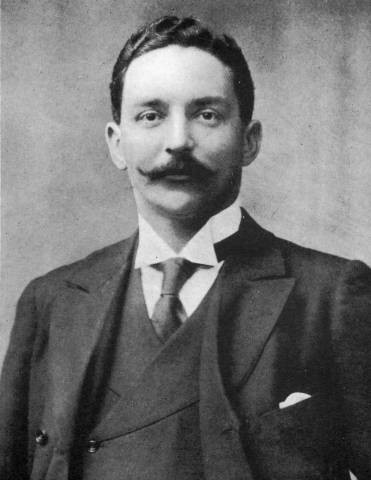
J. Bruce Ismay, the owner of the Titanic, was often portrayed as a cowardly villain in the media, a portrayal that his great-grandson Malcolm Cheape believes is undeserved. Ismay was the subject of false press reports that he had fled on the first lifeboat, and even dressed as a woman to escape.
Cheape explains, “There were a lot of lies in the American press about him…which must have deeply hurt him.” Ismay defended himself, testifying that he had made sure women and children were safe before boarding a lifeboat. Although he was cleared of any wrongdoing, Ismay withdrew from public life. “I suspect he suffered from post-traumatic stress,” Cheape says. “I think longer term, he must have looked back on it and wished he’d never been there.”
Ismay’s personal life was also impacted by the Titanic disaster. According to his son, John Cheape, Ismay’s mother and wife never spoke about the subject. “What she did say was that it absolutely shattered his life,” Cheape remarks. Ismay passed away in 1937 at the age of 74, leaving behind a role in the Titanic tragedy that may forever remain a mystery.
6) Lucy Duff-Gordon
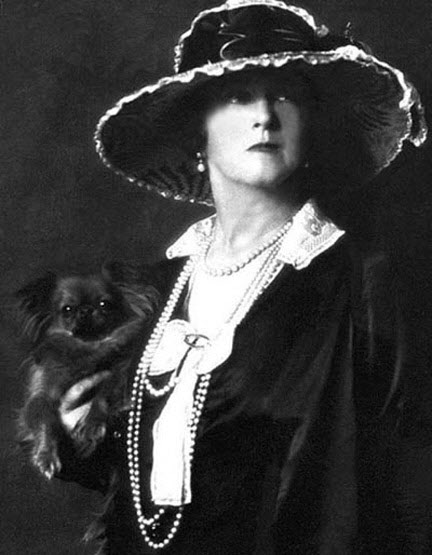
Lady Lucy Duff-Gordon, a renowned fashion designer, controversially survived the Titanic disaster. She specialized in creating exquisite evening wear, tea gowns, lingerie, and movie costumes. Lady Duff-Gordon and her husband, Cosmo, boarded Lifeboat 1, which allegedly had a capacity of 40 people, but only carried 12.
There were rumors that Cosmo had attempted to bribe the crew not to go back for more passengers. Although he confirmed that there were no other women or children present when they entered the boat, the couple faced criticism from the press.
Lady Duff-Gordon expressed her disappointment in a letter to a friend, which was auctioned in 2015. She was saddened that England treated them unfairly on their return and suggested that they should not have survived the tragedy at all.
In another twist of fate, Lady Duff-Gordon was unable to sail on the Lusitania due to illness, which was subsequently torpedoed by German submarines during World War I. However, her fashion house declined a few years later, and she passed away in 1935 at the age of 71.
7) Violet Jessop
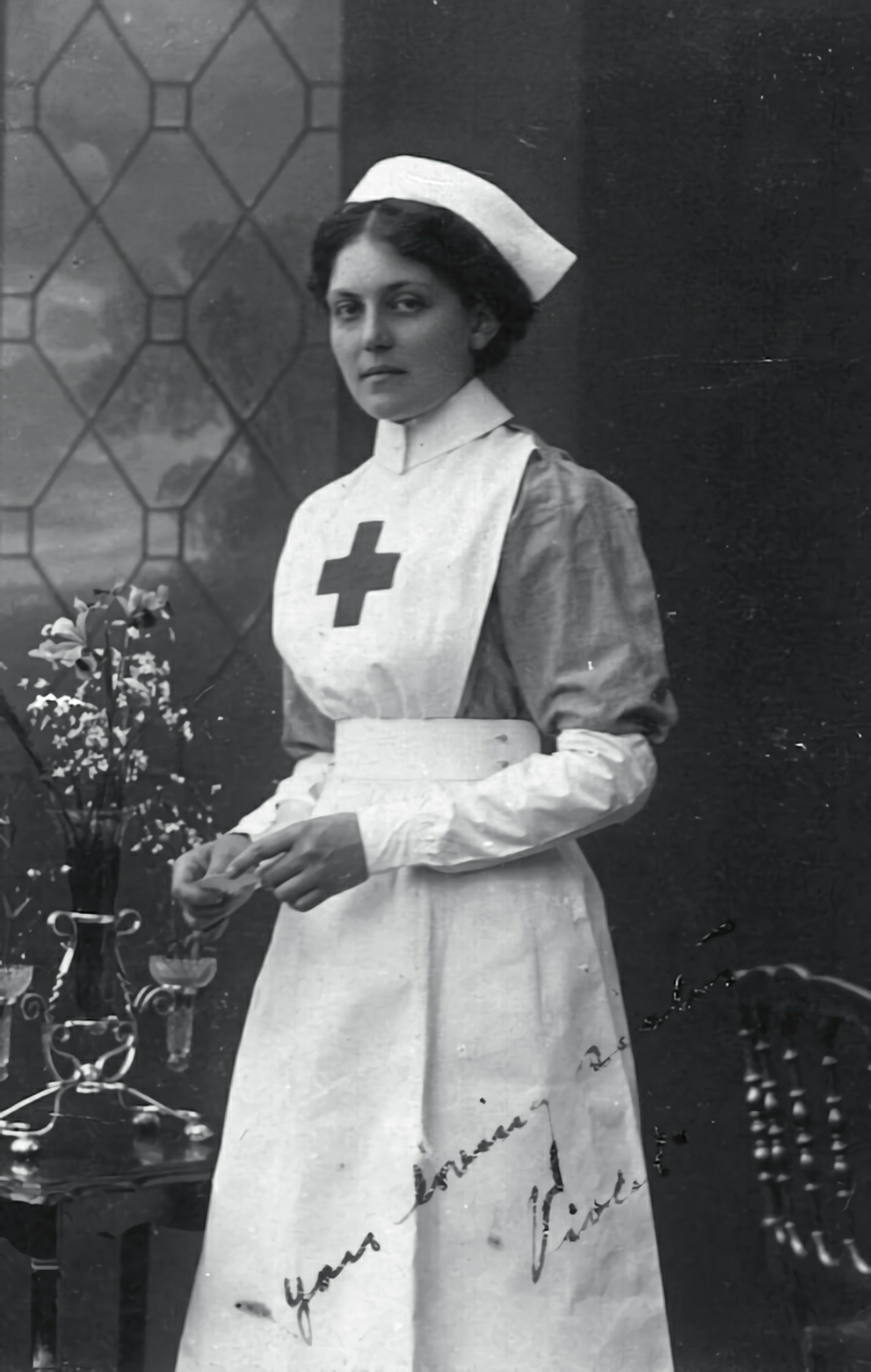
Violet Jessop, a ship stewardess, is often regarded as more unsinkable than the famous Molly Brown, as she survived three maritime disasters. During her time on the Olympic in 1911, the ship collided with another vessel, but fortunately, it reached port unscathed.
On the Titanic, Jessop boarded Lifeboat 16, after observing the passengers’ calm demeanor and witnessing families being separated before evacuation. She also worked as a nurse aboard the Britannic, the Titanic’s sister ship, which sank after hitting a German mine in 1916.
While attempting to flee to safety, Jessop was sucked under the ship’s keel and injured her head, leading to a skull fracture. Despite this, she persisted in her work on ships until her retirement, and she passed away at the age of 84 in 1971.
8) Karl Behr
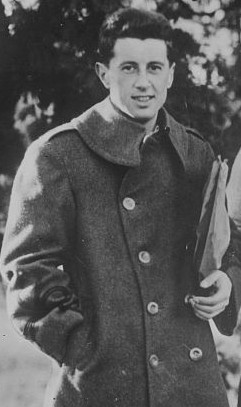
Karl Behr, a well-known tennis player and soon-to-be inductee into the Hall of Fame, embarked on the Titanic to pursue his future wife, Helen Newsom, who was vacationing with her family. Following the collision with the iceberg, Behr awakened the Newsom family, and together they boarded Lifeboat 5.
Behr remarked that although the tragedy of the sinking was horrific, the four days spent with the survivors on the Carpathia were more traumatic and difficult to forget due to the emotional agony they experienced.
During the voyage, Behr met another tennis champion, Richard Williams, who had severe frostbite on his legs. However, they went on to participate in a tournament together within a few months following the tragedy.
Behr went on to excel in both tennis and banking and married Newsom, with whom he had four children. Nonetheless, his granddaughter, Helen Behr Sanford, claims that Behr was tormented by the memories of the incident.
In the aftermath, he regretted not having rescued an individual from the water, as it would have given his survival a heroic tinge. As reported by Sanford, Behr’s grief was hard to articulate and even harder to fathom. He died at the age of 64 in 1949.
9) The Countess of Rothes
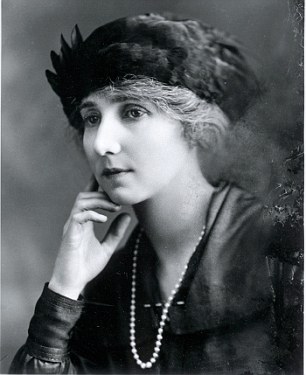
The Countess of Rothes, also known as Lucy Noel Leslie, earned her rightful place as one of the heroes of the Titanic disaster for her valiant effort in rowing and steering Lifeboat 8. Able Seaman Thomas Jones revealed that the Countess was not afraid to speak her mind, so he appointed her to steer the boat. Moreover, the Countess provided comfort and aid to the lifeboat’s passengers until they were rescued by the Carpathia.
The Countess, Jones, and another survivor whom the Countess supported kept in touch with each other by writing letters for several years until the Countess’s passing in 1956. When her relatives came across those letters, they realized the extent of her bravery and selflessness on that traumatic night. The Countess dedicated the rest of her time to philanthropy and nursing in World War I after the Titanic incident.
10) Charles Lightoller
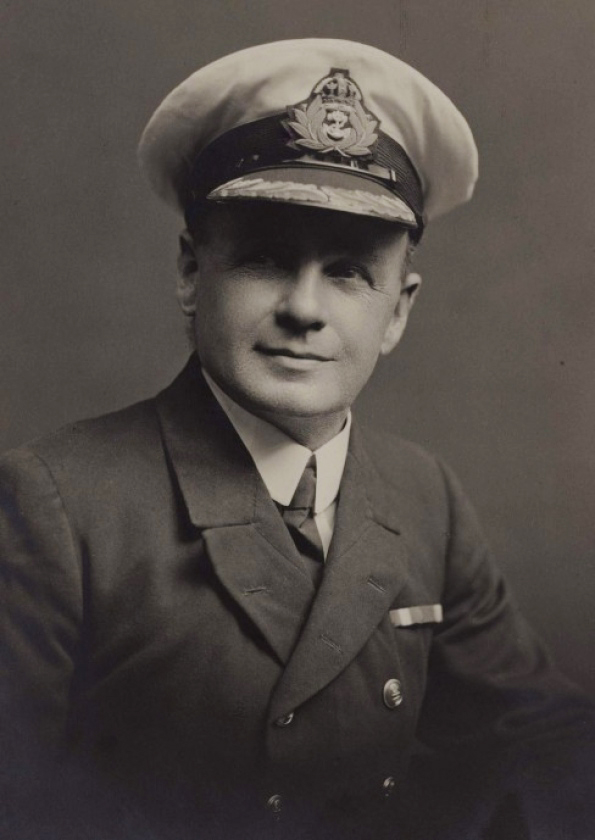
Charles Lightoller, the Titanic’s Second Officer, emerged as a genuine hero of the disaster as the most senior crewman to survive. During the calamity, he oversaw the lowering of lifeboats on the port side and didn’t leave the ship until the very end. The Titanic’s final plunge pulled him down, and he faced the prospect of imminent drowning.In his book, Titanic and Other Ships, he recalled,
“I was drowning, and a matter of another couple of minutes would have seen me through…when suddenly a terrific blast of hot air [from a boiler explosion] came up the shaft and blew me right away from the airshaft and up to the surface.” He latched onto an upturned lifeboat, where he kept himself and other survivors safe until they got rescued.
Lightoller’s bravery extended beyond the Titanic disaster. After serving with distinction in World War I, he and his wife owned a guesthouse in England and purchased a yacht, which he utilized to save stranded British soldiers on the shores of Dunkirk, France, during World War II, earning him the honorific title of “the last hero of Dunkirk.” He lived to be 78 and passed away in 1952.
